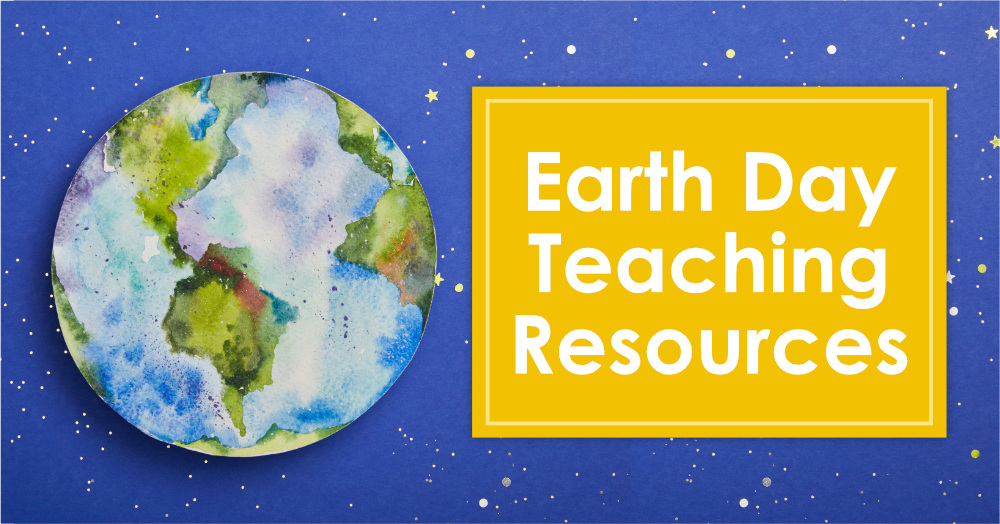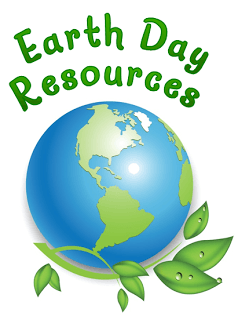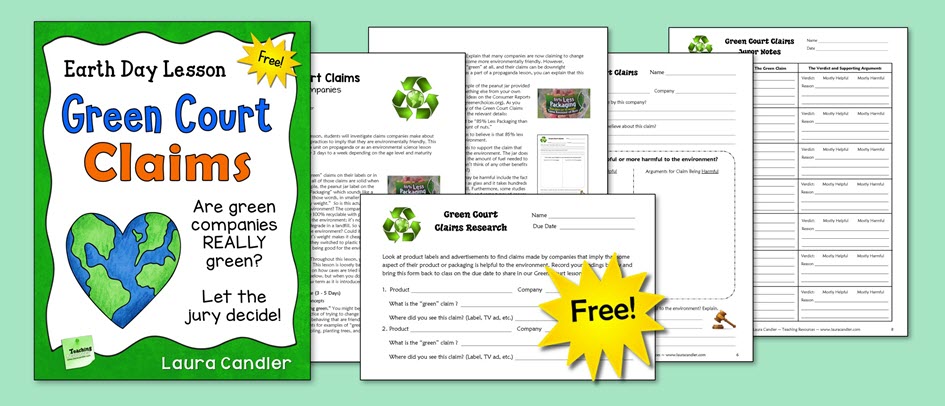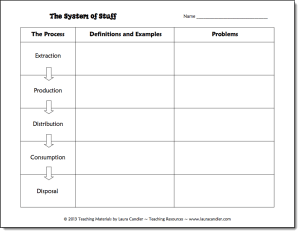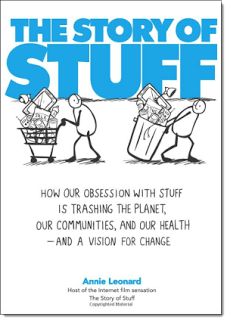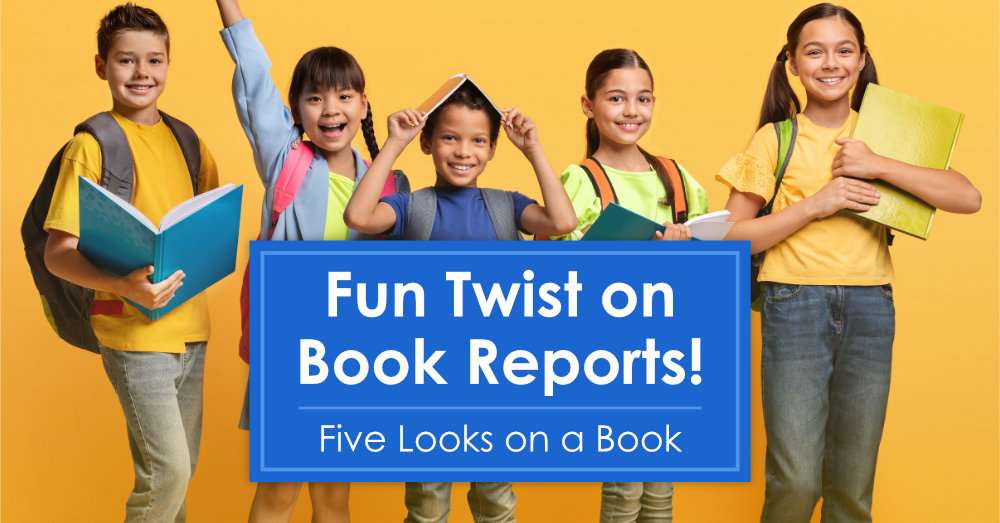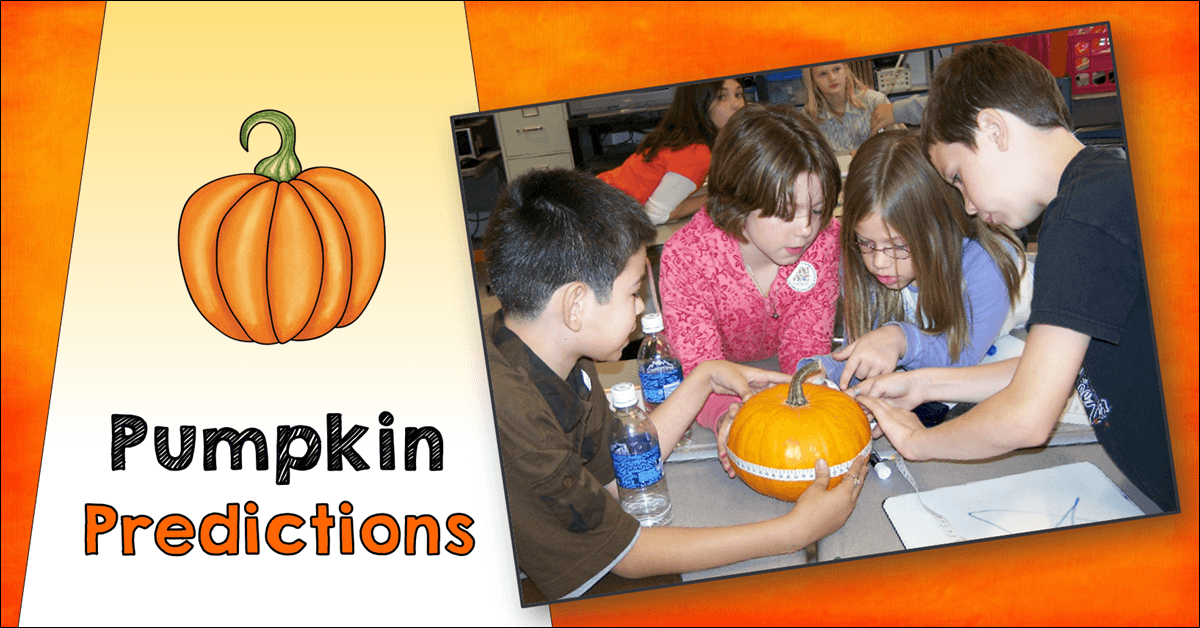Earth Day is celebrated each year on April 22nd, but it’s such an important event that I think we should celebrate it all week!
The words of Theodore Roosevelt, one of the greatest leaders of conservation movement, remind me to pause and reflect on our vast blessings:
“We have fallen heirs to the most glorious heritage a people ever received, and each one must do his part if we wish to show that the nation is worthy of its good fortune.”
After Roosevelt became President in 1901, he used his authority to protect wildlife and public lands by creating the U.S. Forest Service and establishing 51 Federal Bird Reservations, 4 National Game Preserves, 150 National Forests, and 5 National Parks. During his presidency, Theodore Roosevelt protected approximately 230,000,000 acres of public land. What a legacy!
If you haven’t had time to put together an Earth Day lesson, I have a few suggestions for you.
Research a Conservation Leader
One way to approach the study of environmental sciences is to have your students research the men and women who have contributed to our understanding of these issues. Visit the Conversation Heroes page on the US Fish and Wildlife page to find a list of famous people known for this work. You’ll recognize many of the names, such as Rachel Carson, Jane Goodall, and Charles Darwin, plus many more whom you might not know. You’ll find Bio Poems Made Easy or the Character Bio Reports helpful resources for this research activity.
Read and Discuss Just a Dream
Have you read Chris Van Allsburg’s book, Just a Dream? It was written in 1990, and it’s somewhat of a classic with an important message that’s still relevant today. Just a Dream is a beautiful picture book about a boy named Walter who imagines an exciting future on Earth – until he has a dream with a series of episodes that take him on an unforgettable adventure. Walter sees what will happen to the Earth if we don’t take better care of our planet. What a great introduction to environmental issues and problems! I loved the book so much that I created a set of discussion cards and other materials to go with the book. Learn more about this lesson here.

Investigate “Green” Claims
In addition, I updated this free Green Court Claims lesson to make it Common Core Aligned. It’s a wonderful research and writing activity that will make your students think about claims that companies make about their “green” products. You can read more about this lesson and how to use it here on my blog.
Explore the Story of Stuff
If you haven’t visited The Story of Stuff website, be sure to visit the site and explore their resources. One of the best ways to understand their mission is to watch the original Story of Stuff Video. In this video, Annie Leonard, the founder of the project, explains where our stuff comes from and the problems faced by our stuff-driven society. Be sure to check out the rest of this website, too, for more great resources.
If you’d like to show the video to your class (5th grade and above), you can download this free lesson that I created to accompany it. The lesson includes a chart for students to fill in as they watch the video; however, you don’t need to print one out for each student. You can project it on an interactive whiteboard and fill it out as a class. You could also have students draw the chart on recycled paper or draw a huge chart on a chalkboard and fill it in as a class. My Story of Stuff lesson also includes discussion questions that don’t require any paper at all!
Be sure to preview the entire Story of Stuff video before showing it to your class. It’s most appropriate for 5th grade students and up, and it will take several class periods to watch and discuss completely. However, consumerism is such an important topic that it is worth spending several days on it.
In the video, Annie shares that from the extraction of natural resources through sale, use and disposal, all the stuff in our lives has a huge impact on the earth as well as communities around the world. However, most of the process of extraction, production, distribution, and consumption to disposal of all this stuff, called the materials economy, is hidden from view.
The video walks through each step of the materials economy process and points out what is missing from the equation. She shares that while the process looks like a linear system, we live on a finite planet, which is why the materials economy is a system in crisis.
The Story of Stuff also comes as a book, ebook, or audio book. Of course, the best option for a green lifestyle is the Kindle ebook or the audio book!
I hope you will share this terrific video or the book with others, even if you don’t share it with your students. It really makes us all think twice more before we decide to go shopping again.
Happy Earth Day!

